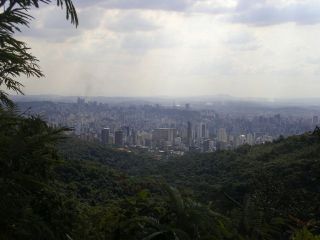Mappe ʽaperteʼ nella narrativa speculativa di Douglas Coupland: dal centro al margine, dal dove al come, dall’io al noi
Keywords:
Douglas Coupland, narrativa speculativa, città, spazi urbani, margine, nuovi mediaAbstract
In a hybrid of facts, fiction, geography, Douglas Coupland’s speculative narratives offer an insight of socio-historical and stylistic trends within recognisable age groups. History and geography are the two languages that allow the author to turn locations into labels he uses to name behaviours, problems and weaknesses of an era. Demographic data and economic and existential crisis are translated into narratives, thus the new ideal place, utopia is no longer traceable as a geographic profile on the planet rather it is a human and a relational one. When an individual meets a group is also enabled to say “we” and start a we-narrative, that is write stories and History, to imagine places and scenary from which to start fresh. In this study the series of Coupland’s geographical disguises is dealt with as the author exploits such a narrative device to move beyond the post-Fordist and the Dual City into a wider and more open one, that of the Googlesphere. If History is no longer a useful tool to organise our thoughts and culture, since it has been turned into «a press release, a marketing strategy, and a cynical campaign tool» (COUPLAND 1991: 151), what is left is the human ability to tell stories, there is where we can start from scratch, there is where utopia starts, within groups that refuse conventions and are empowered by imagination. It is the work of making maps and charts, that is cartography, both physical and mental ones the ultimate utopia-land, the ultimate way to shift from a historical perspective to an aerial view.


